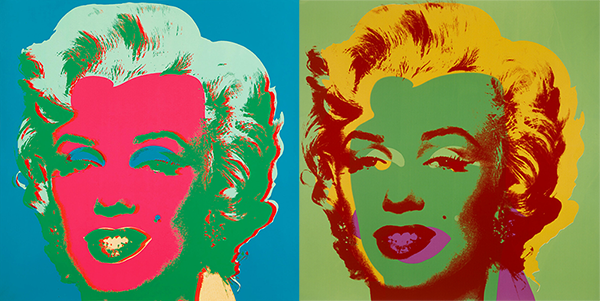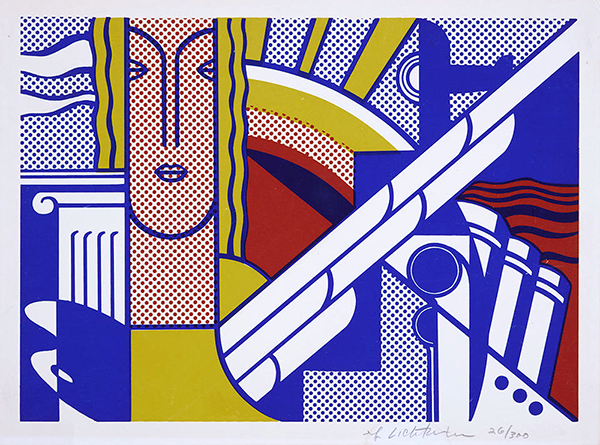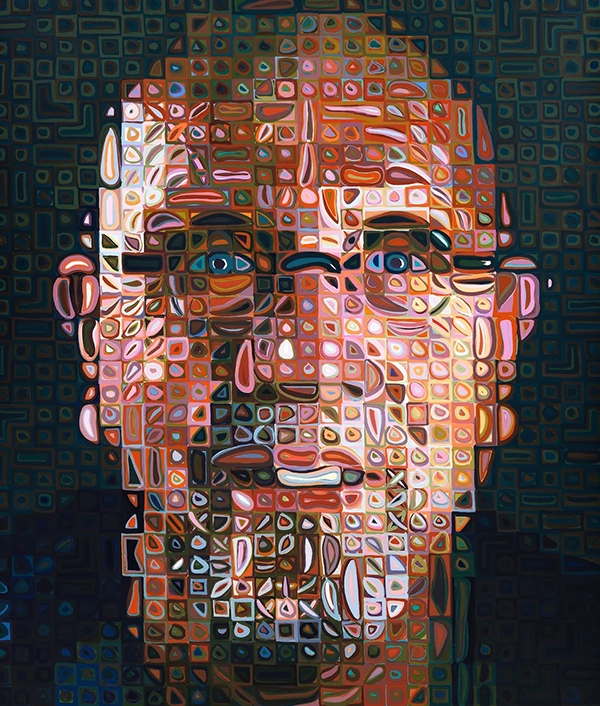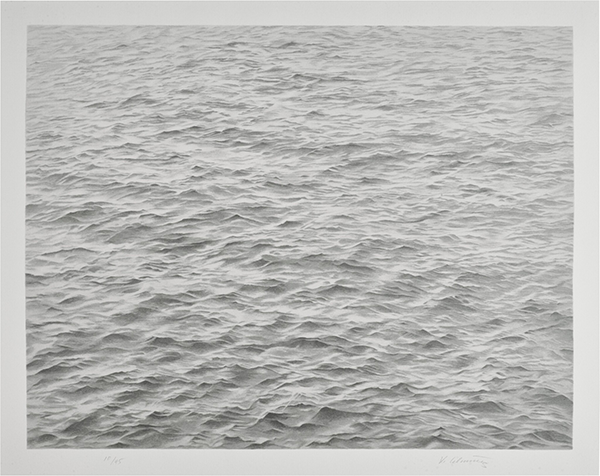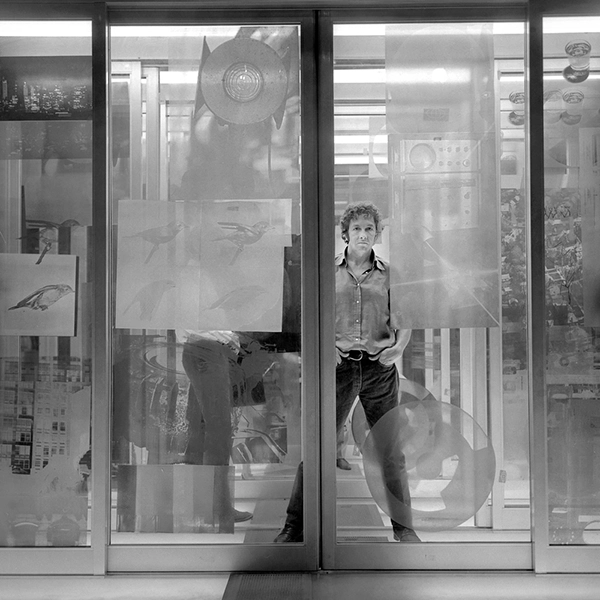Screenprinting
Screenprinting is a process where ink is forced through a mesh screen onto a surface.
Making certain areas of the screen impervious to printing ink creates a stencil, which blocks the printing ink from passing through the screen.
The ink that passes through forms the printed image.
A printing screen consists of a fine mesh fabric that is tightly stretched and attached to a metal or wooden frame.
Traditionally these screens were made of silk, but today they are most often made of synthetic materials such as terylene.
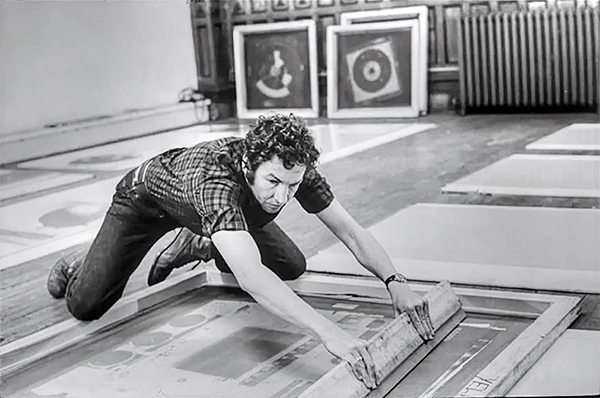
Robert Rauschenberg screenprinting in his Manhattan studio in 1968.
(Photo from Henri Cartier-Bresson)
(Photo from Henri Cartier-Bresson)
The halftone problem
Paragraph.
Screenprints 2.0
Over the course of his six-decade career, Robert Rauschenberg embraced pop culture, technical experimentation, and material eclecticism.
Today, he's perhaps best known for his radical, three-dimensional "Combines" – which he composed from discarded materials and mundane objects such as sheet metal, newspaper, tires, and umbrellas – and for his colorful silkscreen paintings on which he screen-printed, then painted over, collaged photographs sourced from books and magazines.
Re: Solstice.
This reactive installation, conceptually similar to the smaller sculptural works like Revolver, was the first of its kind to be exhibited in the context of documenta (1968).
The visitor passes through brightly lit sliding doors, made out of plexiglass and covered by prints, and enters the pictorial space literally.
At the same time, states Rauschenberg, the installation was a spectacle also for the non-participating audience.
Solstice consists of motorized Plexiglas doors in metal frames mounted on a platform with concealed electric lights and electronic components.
120 x 172 x 172 inches.

